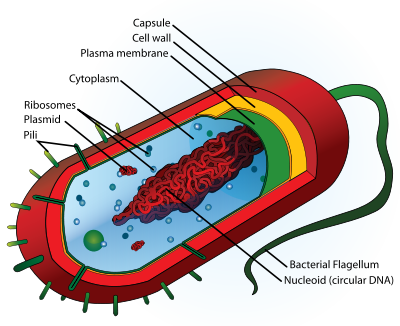Cards In This Set
| Front | Back |
|
Cell theory
|
The summary of the discovery of cells- cells are the basic unit of structure and function in an organism- all living things are composed of 1+ cells- cells come from the reproduction of other cells
|
|
In 1665, ___RH___ was the first to ________________. He looked at a ______________ under a microscope and concluded _______________, He go credit for __________ cells.
|
- Robert Hooke- observe dead cells- cork- cells were like "small rooms"- discovering
|
|
In 1673, ____AvL____ was the first ______________. He looked at a _______________.
|
- Anton van Lueewenhoek- to observe living cells- a sample of pond water
|
|
In 1838, _____MS_______ concluded all _______ are made up of cells.
|
- Matthias Schlieden- plants
|
|
In 1839, ____TS_____ concluded all __________ are made up of cells.
|
- Theodore Schwan- animals
|
|
In 1855, ____RV____ proved _______________________.
|
- Rudolf Virchow- cells only come from the reproduction of other cells
|
|
Why are cells so small?
|
Surface area to volume ratio
|
|
Explain surface area to volume ratio.
|
Imagine multiplying body weight and shrinking mouth. Cells need a large surface area to diffuse in more nutrients and food and get rid of more waste.A cube with measurements 1x1x1, the ratio surface area:volume is 6:1A cube with measurements 2x2x2, the ratio surface area:volume is 24:8, 3:1A cube with measurements 3x3x3, the ratio surface area:volume is 54:27, 2:1
|
|
A cell's shape is related to __________.
|
Function
|
 Prokaryotic Cells |
No membrane bound organellesNo nucleus1-10 um
|
 Eukaryotic Cells |
Membrane bound organellesTrue nucleus that holds DNA10-100 um
|
|
Organelle
|
Cellular component that carries out specific functions within the cell
|
|
Cytoplasm, Cytosol
|
Jelly-like aqueous solution that holds organelles in place
|
|
Cell membrane, Plasma membraneis made up of ________________.
|
Encloses contents of eukaryotic and prokaryotic cells- phospholipid bilayer
|
|
Integral proteins
|
 Extend through bilayer and serve as passageway in and out of cells |



